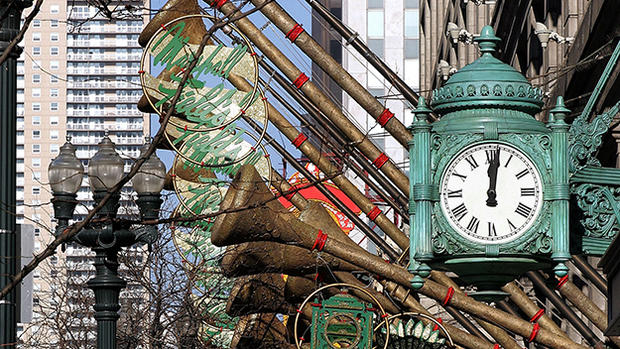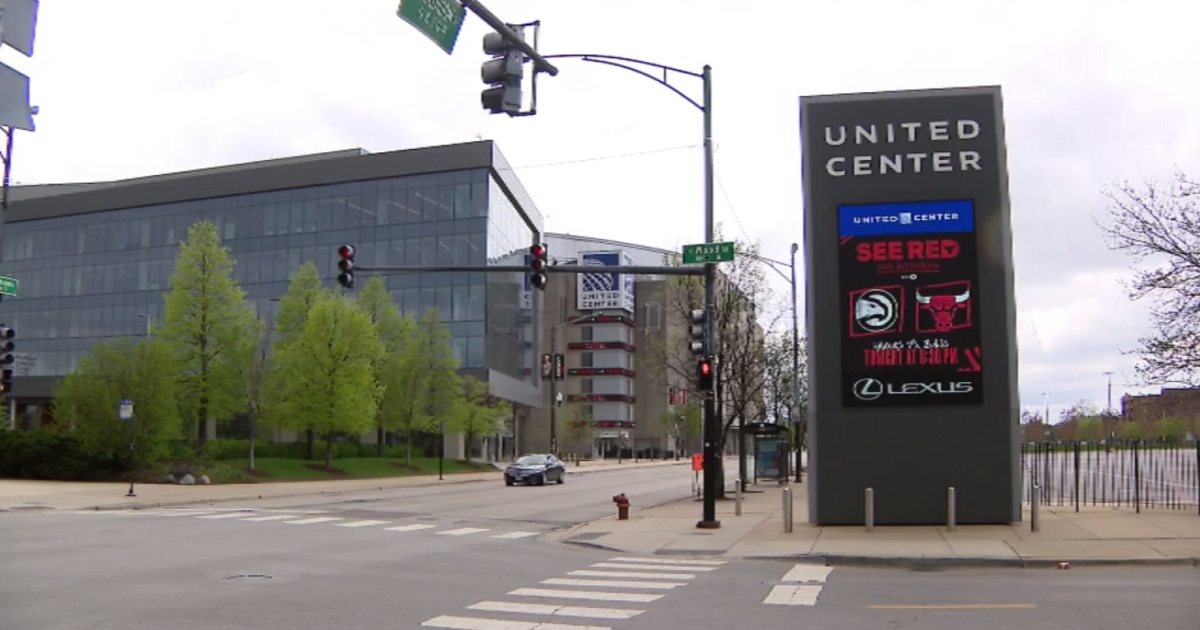Best Historic Landmarks In Chicago
Chicago Water Tower
806 N. Michigan Ave.
Chicago, IL 60611
(312) 742-0808
www.cityofchicago.org
Chicago Water Works Pumping Station
163 E. Pearson St.
Chicago, IL 60611
(312) 742-8811
www.chicagoarchitecture.info
Today, Chicago's iconic Water Tower and its sister building, the Chicago Water Works Pumping Station, mark the center of North Michigan Avenue's magnificent (shopping) Mile. The Water Tower on the west side of the street houses the City Gallery. The Water Works on the east side is home to a Chicago Visitors Center and Lookingglass Theatre. But back in 1867 to 1869, architect William W. Boyington created the two structures to take care of the municipal water system. Their use arguably saved them from the Great Chicago Fire of 1871 that destroyed most of the city's downtown. Even though they both are classic, made of yellowish limestone and often confused with each other, it is the Water Tower on the west that is Chicago's prime landmark.
Chicago Cultural Center
77 E. Randolph St.
Chicago, IL 60602
(312) 744-3315
www.chicagoculturalcenter.org
The Chicago Cultural Center stretches along Michigan Avenue from Randolph Street to Washington Street as a city gem. Marble staircases, stained-glass domes and literary references in stunning mosaics practically shout that this is a building to love, enjoy and impress. Beginning life in 1897 as the main Chicago Library, it became an arts center after the Harold Washington Library Center opened a few blocks south on State Street in 1991. The architectural firm of Shepley, Rutan & Coolidge designed the building in the Beaux Arts style of the 1893 World's Columbian Exposition to house the library, Grand Army of the Republic functions and as a statement of Chicago's stature. To see the phenomenal mosaics, climb the south staircase (Washington Street entrance) and go to the third floor to view the 38-foot-diameter Tiffany stained-glass dome in Preston Bradley Hall. Connect to the north Randolph Street side on the third floor by ramp to see the GAR's rotunda with its 40-foot-diameter stained-glass dome designed by Healy & Millet in a gorgeous Renaissance pattern. Also visit art galleries on the first, second and fourth floors. Click here for building tours.
Auditorium Theatre of Roosevelt University
50 E Congress Parkway
Chicago, IL 60605
(312) 341-2310
www.auditoriumtheatre.org
Auditorium Building
430 S. Michigan Ave.
Chicago, IL 60605
(312) 341-3500
www.roosevelt.edu
The opening of the Auditorium Theatre in 1889 was said to have so impressed then President Benjamin Harrison, Vice President Levi Morton and their guests that they convinced Congress that Chicago should host the World's Columbian exposition in 1893. Indeed, the entire Auditorium Building, which includes the theater, was an impressive architectural feat for its time. Designed by Dankmar Adler and Louis Sullivan at South Michigan Avenue and Congress Street (now Congress Parkway), the building was the country's first mixed-use structure of theater, hotel and offices. At 17 stories high across half a city block, it was the largest building to date. The concept was developer Ferdinand Peck's who wanted an opera and concert venue but thought it should be accompanied by a hotel and offices to pay the rent. Thanks to Adler's engineering skills, the massive building has an unusual, flexible foundation to handle the site's soggy soil and the Auditorium Theatre's soaring space has nearly perfect acoustics. Thanks to the design skills of Louis Sullivan, the building and theater are known for their arches and ornamentation. The building has been home to Roosevelt University since 1946. The Joffrey Ballet Company and traveling productions use the Auditorium Theatre. Click here for Auditorium Theatre tours.
Related: Chicago's Most Interesting Churches
Marshall Field's Building
111 N. State St.
Chicago, IL 60602
(312) 781-4483
www.visitmacysusa.com
Historically, when visitors and shoppers downtown Chicago would say "meet me under the clock," they would mean the huge timepiece attached to the outside of the Marshall Field's Department Store at State and Washington Streets. Built in 1892 by the famed Daniel H. Burnham & Company, the store was added onto and combined with other structures through 1914 until it spread from Randolph Street to Washington Street and State Street to Wabash Avenue to create one of the country's largest department stores. The add-ons also created the store's famous atria. A Tiffany & Company mosaic ceiling is over one atrium. Even though Marshall Field's became a Chicago flagship store for the Macy's chain in 2016, the building is still a valued downtown destination and a Chicago and US Historic Landmark. The store is worth exploring to see its Walnut Room, mosaic ceiling, central fountain and wide, beautifully decorated main floor aisles. Click here and scroll down to Visitor Group Programs for Historic Store Tour.
Chicago Theatre
175 N State St.
Chicago, IL 60601
(312) 462-6300
www.thechicagotheatre.com
A vertical "Chicago" sign lights up State Street a block north of Macy's (Marshall Field Building). The sign probably looks familiar because it and the marquee at its base are used in movies and TV series to instantly set the location as Chicago. Although the sign is attached to what is now known as the Chicago Theatre, the building was the Balaban and Katz Chicago Theatre. Built in 1921, it was the flagship venue for brothers A.J. and Barney Balaban and partners Sam and Morris Katz. Architects Cornelius and George Rapp designed the building in a French Baroque style that even includes the Arc de Triomphe over the marquee. Owned and operated by Madison Square Garden, Inc., the Chicago Theatre is still a performing arts venue but visitors can see its beautiful lobby and auditorium without taking in a show. Click here for Chicago Theatre tour.
Related: Best Historical Sites In Chicago
Jodie Jacobs is a veteran journalist who loves writing about Chicago, art, theater, museums and travel. Her work can be found on Examiner.com.





